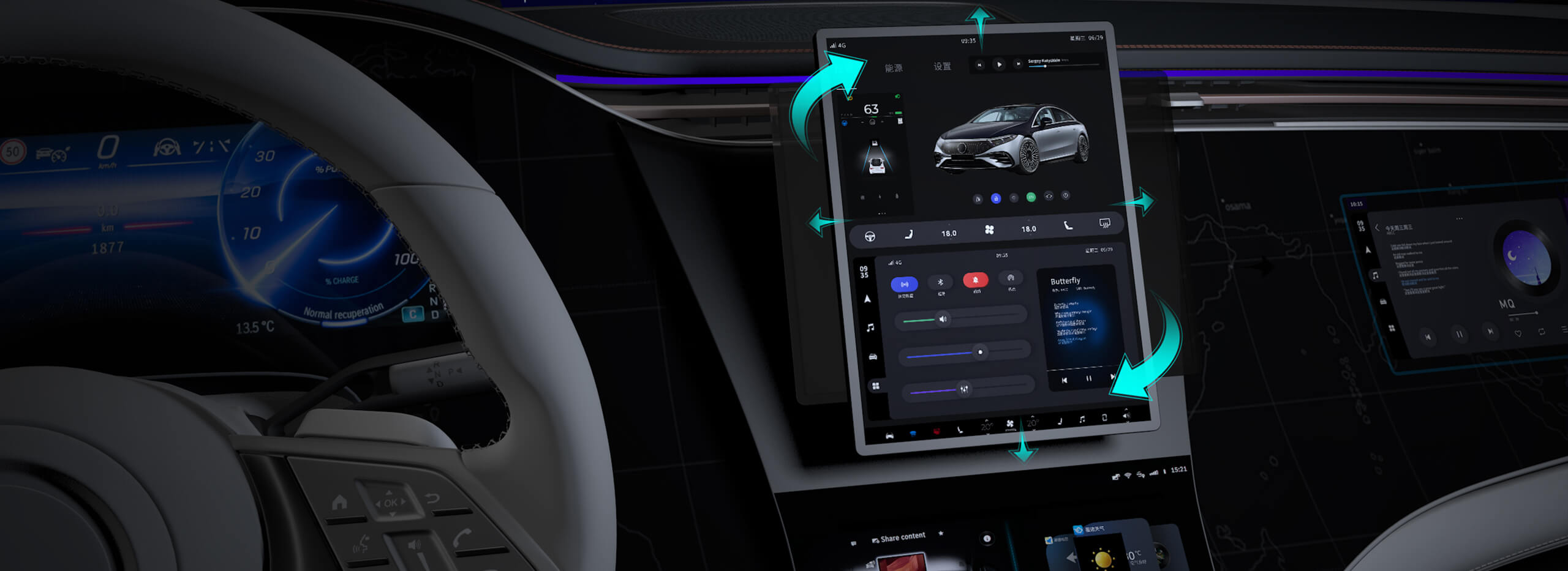Sure! Here's a lively, engaging, and SEO-friendly piece about the different types of brushless motors, with a casual tone and a little storytelling vibe, as requested:

Ever tried to turn on a drone or an electric scooter and wondered how those sleek motors work so smoothly? There’s a good chance they’re powered by none other than brushless motors. These little marvels have revolutionized everything from hobbyist gadgets to industrial equipment. But if you think all brushless motors are the same, think again. The variety is surprisingly diverse, and each type has its quirks.
Let’s start with the basics. Brushless motors, or BLDCs, get rid of brushes and commutators, which means less wear and tear, quieter operation, and higher efficiency. They’re like the high-performance sports cars of the motor world — sleek, powerful, and built to last. But the real variety kicks in when you dig into the different types of brushless motors out there.
First up, we have the inner rotor design. Imagine the rotor spinning inside a stationary stator. This setup is common in small appliances or drones—lightweight, simple, and a breeze to cool. If you’re into tiny gadgets, this type usually delivers enough punch without adding bulk. Plus, they tend to be pretty responsive thanks to their lower inertia.
Then, there’s the outer rotor version. Think of it as the reverse. The rotor surrounds the stator, forming a kind of outer shell. These motors shine in applications like electric bikes or even high-end fans, thanks to their high torque-to-inertia ratio. They pack power into a compact form.
But wait, what about specialized designs? Enter the sensorless brushless motors. No sensors, no problem—these motors work based purely on the electrical signals and back-EMF (that’s electromagnetic feedback). They’re typically used in computer hard drives or small drones where space matters, and silent operation is a bonus. Sensors? They’re so last decade.
On the flip side, sensored brushless motors incorporate sensors to precisely control rotation and speed. Think of it as giving the motor a GPS. They’re preferred in applications needing smooth startup, like electric vehicles or robotic arms. The extra control means better performance where accuracy counts.
You might be asking, “So, how do I pick the right one?” Well, it’s all about what you’re after. If you need speed and quick response for a racing drone, a small inner rotor might do the trick. But if your project needs steady torque and durability, a sensored outer rotor could be the way to go.
Here’s a fun fact: Some high-end brushless motors combine multiple features—like sensorless design with optimized rotor shapes—to push performance even further. It’s like the motor equivalent of a Swiss Army knife.
In terms of maintenance, these motors are pretty straightforward. Less contact means less fuss—no brushes to replace, no spark plug troubles. Just pure, whisper-quiet power. That’s why they’re everywhere right now—drones, e-bikes, RC cars, even high-tech medical devices.
What really stands out is how adaptable they are. Different environments, different needs, and there’s a brushless motor tailored for each one. It’s almost like a choose-your-own-adventure story.
Thinking about your next project? Picking the right motor isn’t just about specs; it’s about understanding your goals. Power, speed, noise levels, size—each factor guides your choice. And with so many options at your fingertips, you’re free to experiment and find what really works.
So, yeah, brushless motors aren’t just some abstract engineering concept. They’re the backbone behind many modern gadgets, quietly humming along as you go about your day. Pretty neat, right?
Kpower has delivered professional drive system solutions to over 500 enterprise clients globally with products covering various fields such as Smart Home Systems, Automatic Electronics, Robotics, Precision Agriculture, Drones, and Industrial Automation.




































